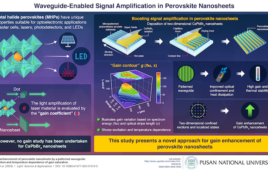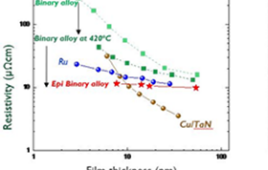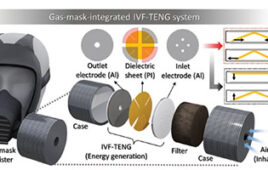A
pioneering study to gauge the toxicity of quantum dots in primates has
found the tiny crystals to be safe over a one-year period, a hopeful
outcome for doctors and scientists seeking new ways to battle diseases
like cancer through nanomedicine.
The research, which will appear on May 20 in Nature Nanotechnology
online, is likely the first to test the safety of quantum dots in
primates. The study and information in this press release are embargoed
until Sunday, May 20, 2012 at 1 p.m. U.S. Eastern Standard Time.
In
the study, scientists found that four rhesus monkeys injected with
cadmium-selenide quantum dots remained in normal health over 90 days.
Blood and biochemical markers stayed in typical ranges, and major organs
developed no abnormalities. The animals didn’t lose weight.
Two monkeys observed for an additional year also showed no signs of illness.
Quantum
dots are tiny luminescent crystals that glow brightly in different
colors. Medical researchers are eyeing the crystals for use in
image-guided surgery, light-activated therapies and sensitive diagnostic
tests. Cadmium selenide quantum dots are among the most studied, with
potential applications not only in medicine, but as components of solar
cells, quantum computers, light-emitting diodes and more.
The
new toxicity study—completed by the University at Buffalo, the Chinese
PLA General Hospital, China’s ChangChun University of Science and
Technology, and Singapore’s Nanyang Technological University—begins to
address the concern of health professionals who worry that quantum dots
may be dangerous to humans.
The
authors caution, however, that more research is needed to determine the
nanocrystals’ long-term effects in primates; most of the potentially
toxic cadmium from the quantum dots stayed in the liver, spleen and
kidneys of the animals studied over the 90-day period.
“This
is the first study that uses primates as animal models for in vivo
studies with quantum dots,” said paper coauthor Paras Prasad, UB
professor of chemistry and medicine, and executive director of UB’s
Institute for Lasers, Photonics and Biophotonics (ILPB). “So far, such
toxicity studies have focused only on mice and rats, but humans are very
different from mice. More studies using animal models that are closer
to humans are necessary.”
The
cadmium build-up, in particular, is a serious concern that warrants
further investigation, said Ken-Tye Yong, a Nanyang Technological
University assistant professor who began working with Prasad on the
study as a postdoctoral researcher at UB.
Because
of that concern, the best in-vivo applications for cadmium-selenide
quantum dots in medicine may be the ones that use the crystals in a
limited capacity, said Mark Swihart, a third coauthor and a UB professor
of chemical and biological engineering. Image-guided surgery, which
could involve a single dose of quantum dots to identify a tumor or other
target area, falls into this category.
The
new toxicity study was supported by the John R. Oishei Foundation, Air
Force Office of Scientific Research, Singapore Ministry of Education,
Nanyang Technological University, the Beijing Natural Science Foundation
and the National Natural Science Foundation of China. The study’s lead
authors were Ling Ye of Chinese PLA General Hospital and Yong of Nanyang
Technological University, who completed his PhD in chemical and
biological engineering at UB in 2006.
Source: University at Buffalo




